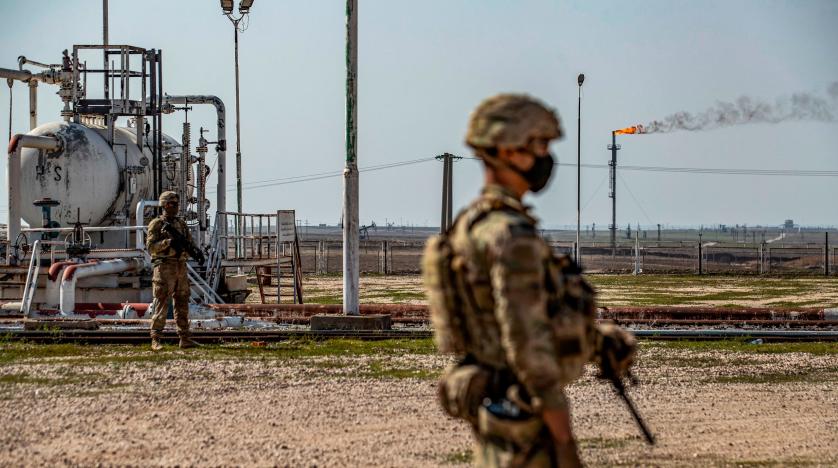CENTCOM Commander General Kenneth ‘Frank’ MacKenzie expected the Middle East to continue to witness bloodshed and violence, despite the defenses and military forces deployed along the borders.
MacKenzie further that he fears there’s going to be something that follows ISIS, noting that the conditions that gave “it birth still exist.”
The commander expressed this “pessimistic” view during an interview with “The New Yorker” magazine, while he was touring Iraq, Syria, Afghanistan, and Lebanon.
McKenzie said the presence of US troops in Iraq, Syria, Afghanistan, and Lebanon was down to just two percent of peak deployments, and, technically, these troops are no longer fighting.
Their missions are largely limited to helping equip local allies, map strategy, share or get intelligence, occasionally provide airpower, and support local peace processes, he indicated.
McKenzie’s trip coincided with Operation Ready Lion, a massive air campaign against ISIS along the Iraqi border with Syria.
US warplanes conducted over 130 airstrikes over ten days, more than in all of 2020, pounding dozens of mountain caves and desert strongholds.
A recent Pentagon report noted that two years after ISIS collapse, in March 2019, there are still between 8,000 and 16,000 ISIS militants carrying out assassinations and suicide bombings in Iraq and Syria. The latest airstrikes killed fewer than 30 of them.
The General indicated that the parallel problem is that Iraq’s flashpoints such as sharing political power and oil revenues among its sectarian, ethnic, and political blocs have still not been resolved, eighteen years after the US ousted Saddam Hussein.
Even eliminating ISIS might not end the threat because the tensions that produced extremism have not been addressed.
“There’s going to be something that follows ISIS,” McKenzie said, adding: “the conditions that gave it birth still exist. So why should we expect different outcomes? The future is not going to be bloodless.”
The chasm is so deep, with elections due in October, that US officials worry about a civil war between Shiite factions, noted the magazine.
Meanwhile, US Defense Secretary Lloyd Austin issued a memo to senior military leadership ordering “immediate actions” to counter extremism within the ranks.
The changes come more than two months after Austin ordered all of the military’s commands and services to complete a one-day stand-down within 60 days to give commanders a chance to talk to troops about the spread of extremist ideology and the impact it is having both on the US military operations and personnel.
It also comes three months after the January 6 siege of the US Capitol building by domestic extremists, including five military veterans.
The memo calls for the military to update and revise the definition of what constitutes prohibited extremist activity. It also calls for the creation of a commission to further study the extent of the problem.








































admin in: How the Muslim Brotherhood betrayed Saudi Arabia?
Great article with insight ...
https://www.viagrapascherfr.com/achat-sildenafil-pfizer-tarif/ in: Cross-region cooperation between anti-terrorism agencies needed
Hello there, just became aware of your blog through Google, and found ...